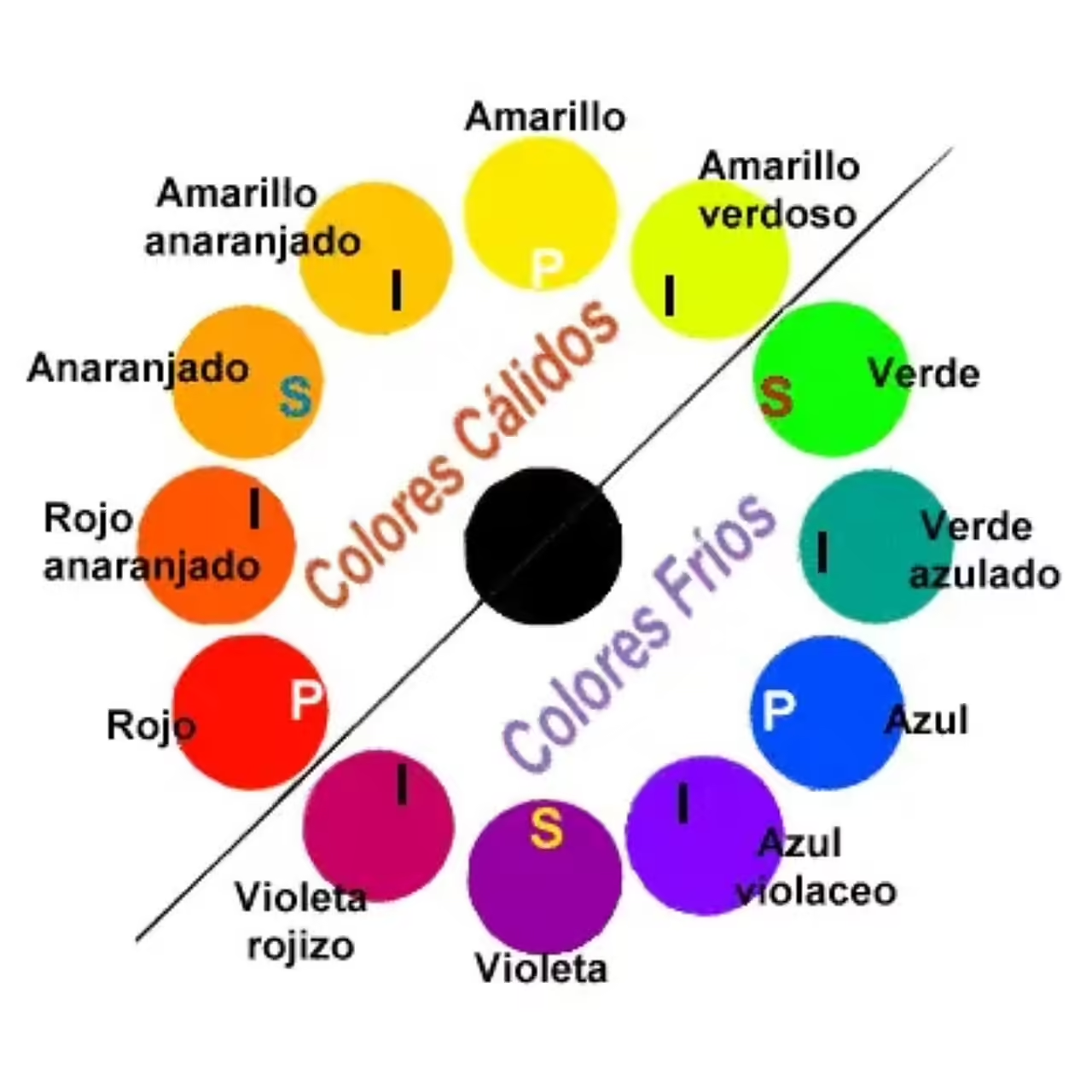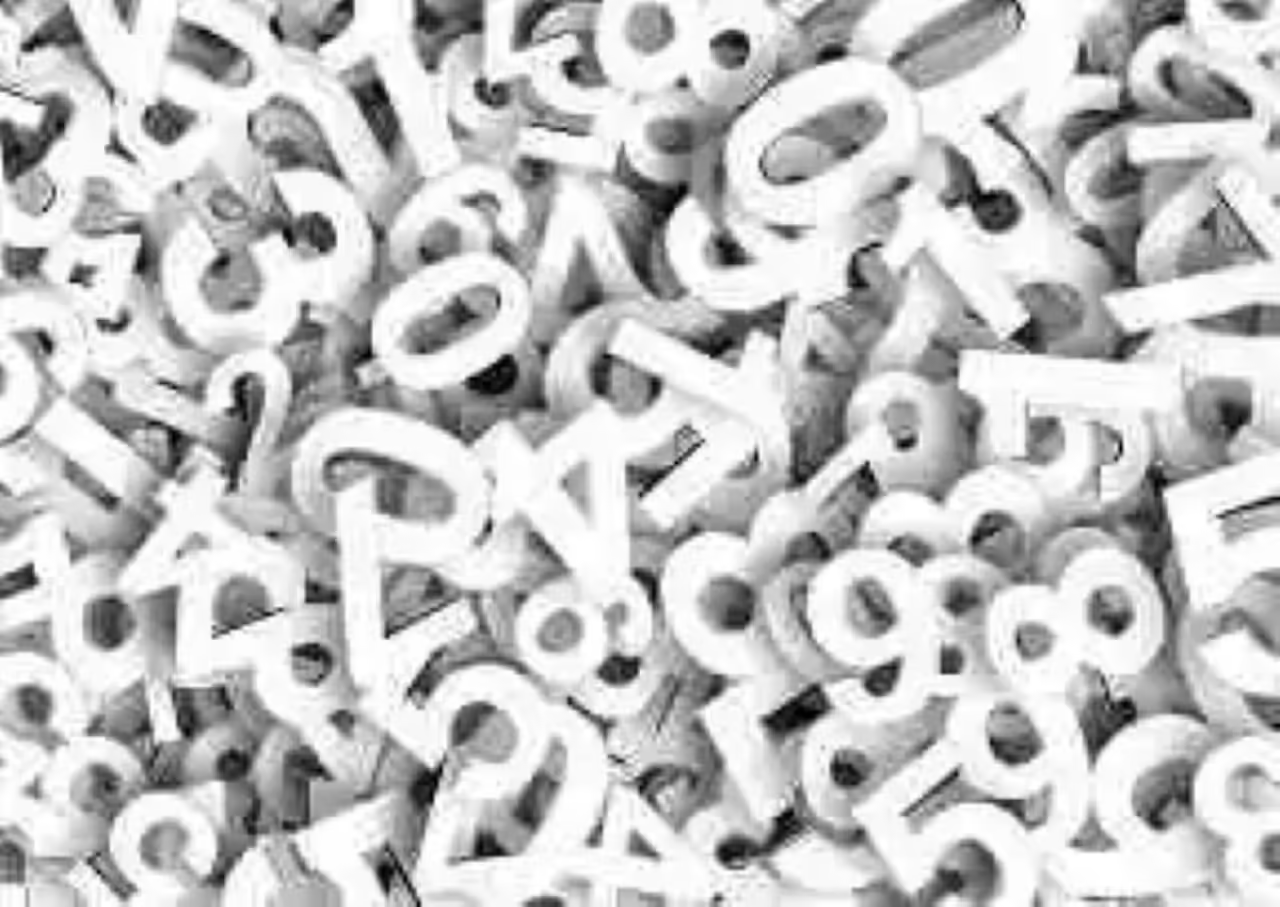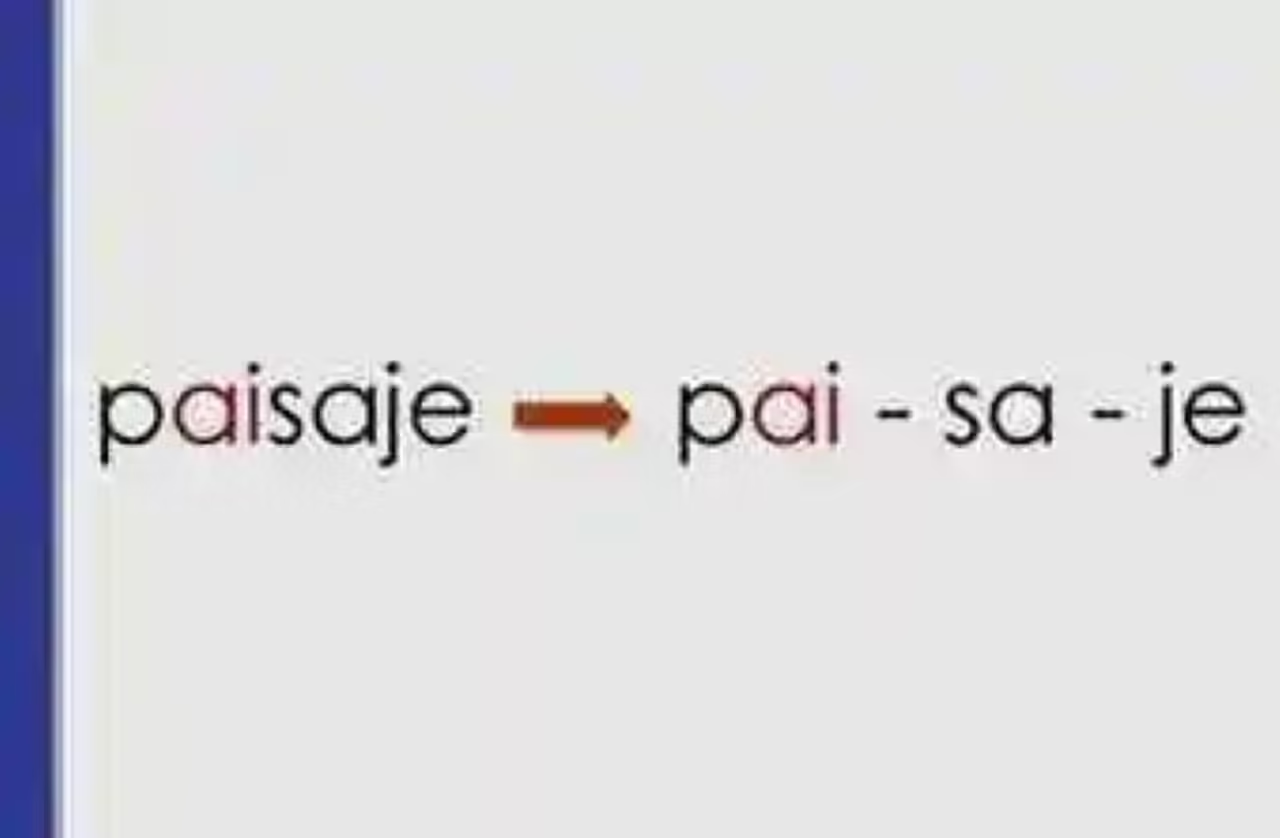Perhaps best of all, before moving forward on the right way to proceed with the different combinations of operations that may occur in relation to whole numbers, is to briefly revise some definitions, which will allow us to understand in their context precise lyfore for this procedure.
Fundamental definitions
As a result,it may be best to narrow this revision to two specific notions: first, the definition of Whole Numbers will be addressed, as this will make it possible to be aware of the nature of the numerical elements involved in these operations. It will also be convenient to briefly review each of the mathematical operations that can take place with the integers. Here are each of these concepts:
Whole numbers
In this way, it will begin to say that Mathematics has defined integers as those numerical elements with which the exact or integer amounts are represented, that is, that in whole numbers the numbers are not taken into account the numbers fractional, or those that have decimal expressions.
It is also important to note that Integers are also considered as the elements on which the numerical set of the same name is established, which is also known as the Z set, and where these elements are organized in two subsets and an element, each of which can be defined in turn as follows:
Positive integers: First, you will find the positive integers, these numbers that make up the set of natural numbers, which is then considered as a subset of the integers. These are located to the right of zero in the Number line, where they extend from 1 to the ∞. Its presence within this collection means that accounting amounts can be expressed with it, or the elements of a set can be counted.
Negative integers: On the other hand, within the Z set, you can also find the negative integers as a subset, which are identified as the inverses of positive integers. They will be located to the left of zero in the Number line, extending from -1 to -∞.. These numbers may express the absence or absence of a specific quantity.
Zero: Finally, zero is also considered an element of integers. However, it is not considered a number as such, but is understood as the total absence of quantity. Therefore, it is not seen as positive or negative, while being conceived as inverse to itself.
Integer operations
In another order of ideas, Mathematics has also pointed out that based on integers at least six basic operations can be found, which have been explained by the different sources as follows:
Sum: this will be the operation in which two or more integers are given to the task of combining their different values, in order to obtain a total value. It is indicated by the plus sign (+).
Subtraction: Subtraction will be the operation where an integer suppresses in its value the amount indicated by a second number, resulting in the difference between these two numbers. This operation is marked by the minus sign (-).
Multiplication: as for multiplication, it has been described as the operation in which an integer adds to itself as many times as it points to a second number, in order to originate a product. Multiplication is indicated by the sign by (x) as well as by a period (.).
Split: The split instead will be the mathematical operation by which an integer will attempt to figure out how many times another integer is contained in it. This operation will be expressed by the sign between (:).
Empowering: So too,the Empowering will be understood as one of the operations that takes place in terms of whole numbers. It is explained as the procedure by which an integer multiplies itself as many times as it points to a second number, in order to obtain the power.
Radiation: finally, the Radication will also be seen as a possible operation with whole numbers, being defined as the procedure by which two such numbers try to find a third number that meets the property that being raised to one of them, result in the other. The sign for this operation will be the radical (A).
Combined operations with integers
With these definitions in mind, it may be much easier to understand in context the correct order in which each of the mathematical operations that can occur in relation to integers should be solved, since not one of them is always presented. Thus, if you are facing several simultaneous mathematical operations, the correct form or order in which they should be resolved will be as follows:
Grouping signs: Usually, in the case of several mathematical operations of integers, it is common to have grouping signs, which must be resolved in the following order: parentheses, brackets and braces.
Powers: once all the grouping signs have been resolved, we will then proceed to solve all the power-up operations that may take place in the mathematical expression.
Radiation: In addition, the establishment operations will continue to be resolved, in order to determine the roots of the whole numbers involved.
Multiplication: immediately, it will be sought to solve then all established product operations, taking into account for this also the law of signs.
Divisions: In this order, each of the division allocated operations that can be found must be addressed, also taking into account the Signs Act.
Sum: Likewise, all addiction or addition operations must then be resolved.
Resta: Finally, the Resta will be the last operation to be addressed, which will be done with the Sign Act in equal tenade.
Picture: pixabay.com








